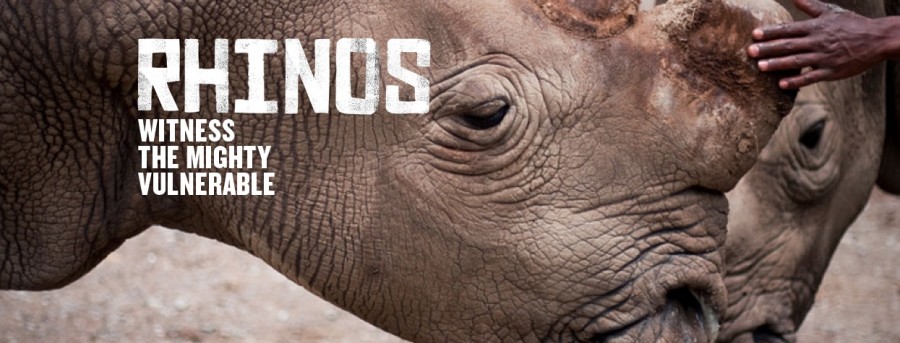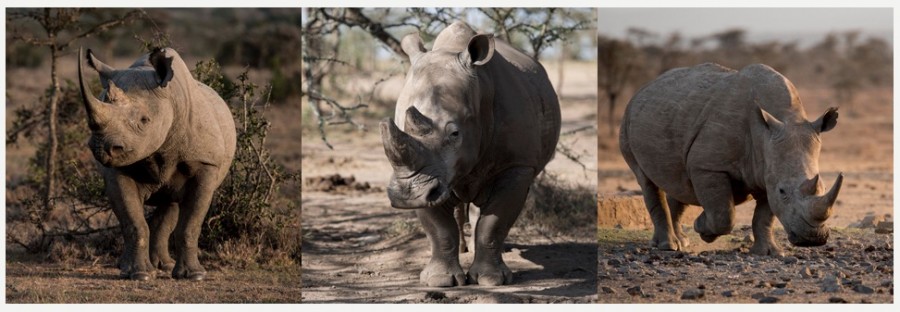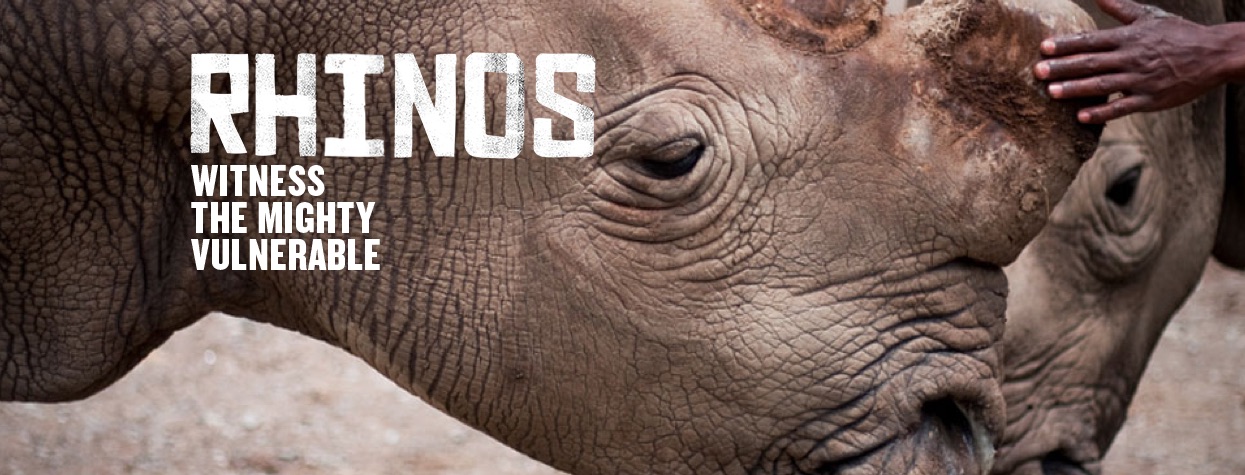Redazione
di Africa ExPress
Kenya Wildlife Service (KWS) is saddened that the planet earth is inching closer to extinction of the rare northern white rhinoceros after the death of 41-year-old Nola in the US.
Nolas’s death at the weekend at the San Diego Zoo in California leaves the world with three individuals, all in Kenya at the Ol Pejeta Conservancy. Nola was the only female in the Western World, including North America, South America, and Europe. She was wild caught in the Shambe area, which is located “in the southern savanna woodlands of Sudan and was rescued from the violent poaching that is prevalent in that region when she was only a few years old.” Her age upon capture has been estimated more closely at being 18 months old. She belonged to the Dvůr Králové Zoo in the Czech Republic, but since 1989 she had been on loan in San Diego.

The Northern White Rhino (Ceratotherium simum cottoni) is currently the world’s rarest rhinoceros. The northern white rhino is a sub-species of white rhino, which used to range over parts of Uganda, Chad, Sudan, the Central African Republic, and the Democratic Republic of the Congo. Years of widespread poaching and civil war in their home range have devastated northern white rhino populations, and they are now considered to be extinct in the wild.
The translocation of the last individuals from Zoo Dvůr Králové Zoo in Czech Republic to natural conditions in order to evoke normal territorial and social behaviour essential for regular breeding was thought to be the only conservation option available. All previous breeding attempts in the Zoo had been futile, and the hope was that the climate and rich grasslands of Ol Pejeta, a native habitat for the animals, would provide them with more favourable breeding conditions.
Kenya was chosen to host four individuals due to its proximity to the former ranges i.e. DRC and Sudan and the rhinos repatriated in 2009 through a project dubbed “Back to Africa” spearheaded by The Back to africa organisation based in South Africa. One of the males named ‘Suni’ died in October 2014.
The three northern white rhinos continue to be monitored closely and are kept in two groups with four southern white rhinos which were introduced to stimulate reproduction. To keep the northern white rhinos safe and in good health, Ol Pejeta dedicated 24hr armed security, a 700-acre enclosure, and a nutritious diet supplemented with fresh vegetables.
Various matings have been noted over the period they have been at Ol Pejeta but with no success in conception.
In October 2014, the younger male, Suni died with no prior history of illness. This has now left an old male (over 40 years of age) that has no ability to reproduce naturally.
In early 2015, checks by vets from the Czech Republic and Kenya Wildlife Service dealt us another blow – neither of the females is capable of natural reproduction, and Sudan’s sperm count was disappointingly low (but not surprising given his age). In July 2015, Dvur Kralove Zoo in the Czech Republic lost Nabire, leaving just four northern white rhino left on the planet.
An examination of the remaining three northern white rhinoceroses at Ol Pejeta Conservancy was conducted from 29th to 30th November, 2014 following the sudden death of Suni (Male) in the night of October, 16th/17th, 2014, nearly 5 years after introduction in December 2009.
A contingency plan has since been put in place as it was noted that technology can still save the species. The northern white rhinos steering committee chaired by KWS is assessing the best way forward to save this great sub-species from extinction.
A team of experts both local and foreign collected semen from the remaining male northern white rhinos on 18th and 19th October 2015.
A plan to harvest Oocytes from the female NWR will then follow. Two southern white rhinos have been paired with the two northern white rhinos females for companionship.
The vet checks did conclude one last ray of hope – that in vitro fertilisation (IVF) was a possibility. While this does not come without risks (and significant costs) – all other options have been exhausted and time is running out.

Background
The world has five remaining species of rhino: Black, white, greater one-horned, Sumatran and Javan rhinos. All of the world’s rhino species are under threat, mostly from poaching for their horn. The horn is mainly used for traditional Eastern medicine; however rhino horn does not have any medicinal properties. There is currently an alarming rise in the number of rhino being killed for their horn in Africa, affecting both the Black Rhinoceros and White Rhinoceros population.
The three Asian rhino species, the Greater One-horned Rhinoceros, the Sumatran Rhinoceros and the Javan Rhinoceros, are also threatened by habitat destruction. Current population estimates are:
- White Rhinoceros – approx. 20,000
- Black Rhinoceros – approx. 5,000
- Greater One-horned Rhinoceros – approx. 3,000
- Sumatran Rhinoceros – Less than 100
- Javan Rhinoceros – approx. 40.
Kenya’s rhino population has suffered from the same demise as other rhino populations in the world. KWS and county governments, private and community sanctuaries have been working together to minimize threats posed to Kenya’s rhino population.
By end of 2014, Kenya hosted 1,047 rhinos; 648 black rhinos, 396 southern white and, and now 3 last remaining Northern white rhinos after the death of Nana at the weekend.
Kenya has the 3rd largest population of rhinos in the world after South Africa and Namibia, thus a success story in rhino conservation.
More details:
http://www.olpejetaconservancy.org
http://www.kws.go.ke
Redazione
di Africa ExPress

